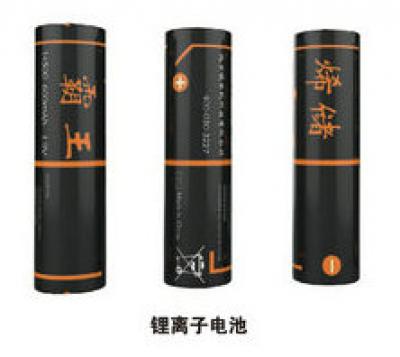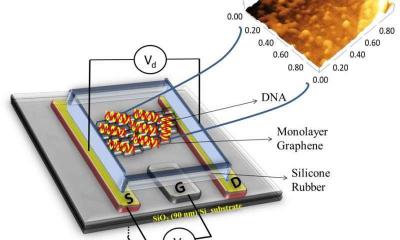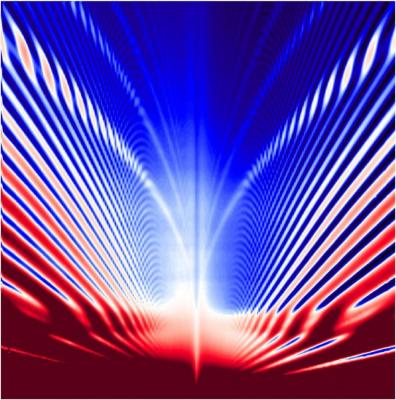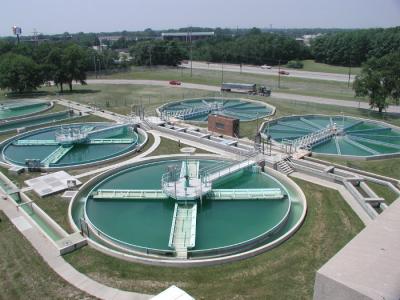 Graphene 3D Lab, a leader in the development, manufacturing and marketing of proprietary composites and coatings based on graphene and other advanced materials, has announced an addition to its G6-Epoxy line of adhesives. This new product, G6E-GSTMepoxy, is a highly electrically conductive adhesive based on the combination of graphene and silver additives. It reportedly has a volume resistivity as low as 0.0001 Ω·cm and can be cured at room temperature or more rapidly at elevated temperatures. G6E-GSTM bonds well to a wide variety of substrates including metals, composites, ceramics, and glass.
Graphene 3D Lab, a leader in the development, manufacturing and marketing of proprietary composites and coatings based on graphene and other advanced materials, has announced an addition to its G6-Epoxy line of adhesives. This new product, G6E-GSTMepoxy, is a highly electrically conductive adhesive based on the combination of graphene and silver additives. It reportedly has a volume resistivity as low as 0.0001 Ω·cm and can be cured at room temperature or more rapidly at elevated temperatures. G6E-GSTM bonds well to a wide variety of substrates including metals, composites, ceramics, and glass.
The graphene filler is said to enhance the electrical conductivity of the epoxy and prevent the propagation of cracks, improving the material’s durability and fatigue resistance. This is especially important when bonding dissimilar materials subjected to rapid temperature variations. This feature improves impact resistance of the bond and also helps mitigate potential damage caused by vibration.







